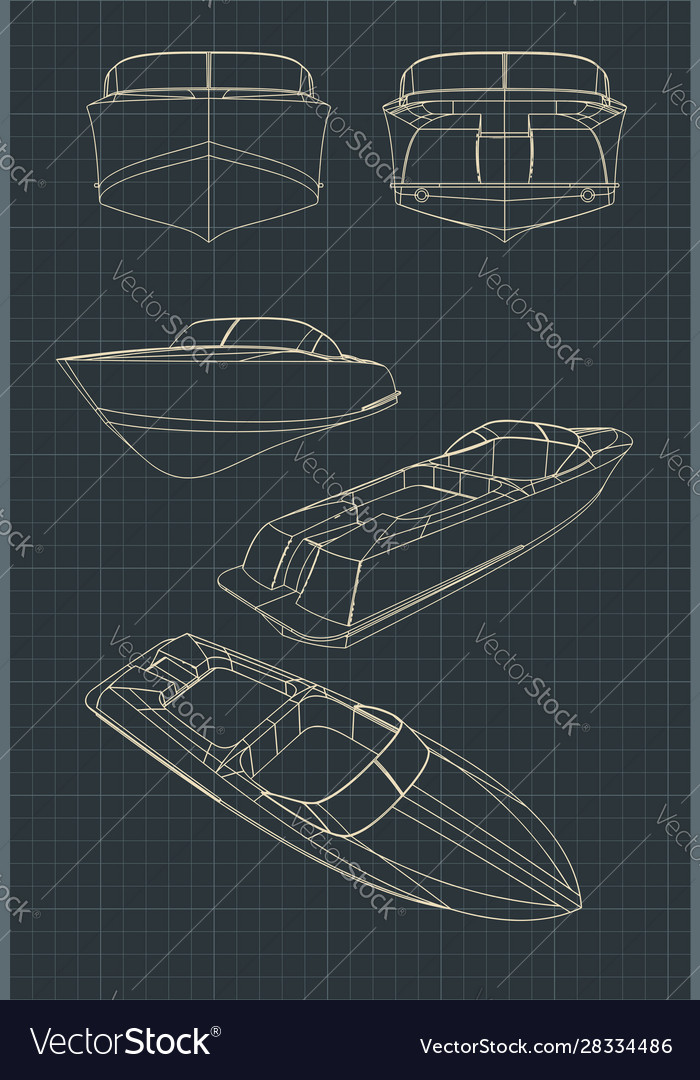
Beyond the Lines: Unveiling Hidden Potential in Boat Building Blueprints
Building a boat is a monumental undertaking, a blend of artistry and engineering. While finding blueprints seems straightforward, the real challenge lies in understanding and maximizing their potential. This review delves beyond the typical advice, exploring often-overlooked aspects of utilizing boat building blueprints to achieve optimal results.
Decoding the Blueprint: Beyond the Obvious
Most guides focus on simply reading the blueprints. But what about interpreting them? This is where the real mastery lies.
Q: How can I use blueprints to personalize my boat design without compromising structural integrity?
A: This is where your creativity truly shines! Don't view the blueprint as gospel. Consider it a starting point. Instead of drastically altering structural elements (like hull shape â€" unless you're a seasoned naval architect!), focus on customization within the framework. Think about these options:
- Interior Layout: Blueprints often provide a basic layout. Experiment with different cabin configurations, storage solutions, and seating arrangements to perfectly match your needs.
- Deck Design: Add or modify features like handrails, cleats, or hatches. Even small changes can significantly improve usability and aesthetics.
- Finishing Touches: The blueprint rarely dictates the type of wood, varnish, or paint. This is your opportunity for personal expression. Research different materials for their durability, aesthetic appeal, and environmental impact.
Remember: Document ALL modifications meticulously. This is crucial for future repairs and maintenance. Consider using a digital design program to create a personalized blueprint incorporating your changes.
Q: My blueprint is old; how can I ensure it still meets modern safety standards?
A: Older blueprints may lack considerations for modern materials and safety regulations. Consult with a marine surveyor or experienced boat builder to assess the design's compliance with current standards. They can identify potential weaknesses and suggest modifications for improved safety and longevity. Resources like the American Boat and Yacht Council (ABYC) provide valuable guidelines.
Beyond the Paper: Material Selection and Innovation
The blueprint guides the structure, but the materials bring the design to life. This often overlooked aspect can significantly impact the final product.
Q: How can I use sustainable and innovative materials while adhering to the blueprint's structural requirements?
A: The rise of sustainable building practices is changing the boat-building landscape. Research eco-friendly alternatives to traditional materials. For example:
- Recycled plastics: Explore the use of recycled plastics in composite construction for a more environmentally conscious approach.
- Bamboo and other sustainable hardwoods: These offer strength and beauty, reducing reliance on endangered hardwoods.
- Bio-based resins and adhesives: Look for options with reduced environmental impact compared to traditional epoxy.
Always verify the structural integrity of any alternative material you choose. Consult material data sheets and conduct necessary testing before incorporating them into your project.
The Human Element: Learning from Mistakes (and Successes)
Finally, let's not forget the invaluable lessons learned through experience. This is often the most underutilized resource.
Story: I once met a seasoned boat builder who, while working from a seemingly perfect blueprint, discovered a critical oversight in the keel design only after starting construction. He didn't panic. Instead, he used his expertise and experience to devise a creative solution, incorporating additional reinforcement to compensate for the design flaw. His resourcefulness resulted in a stronger, more resilient vessel.
Building a boat is a journey of learning. Don't be afraid to experiment (within safe limits!), document your process, and learn from both your successes and setbacks. The boat-building community is a rich source of knowledge and support â€" tap into it. The best blueprints are often the ones adapted, improved, and refined with experience.
0 comments:
Post a Comment
Note: Only a member of this blog may post a comment.